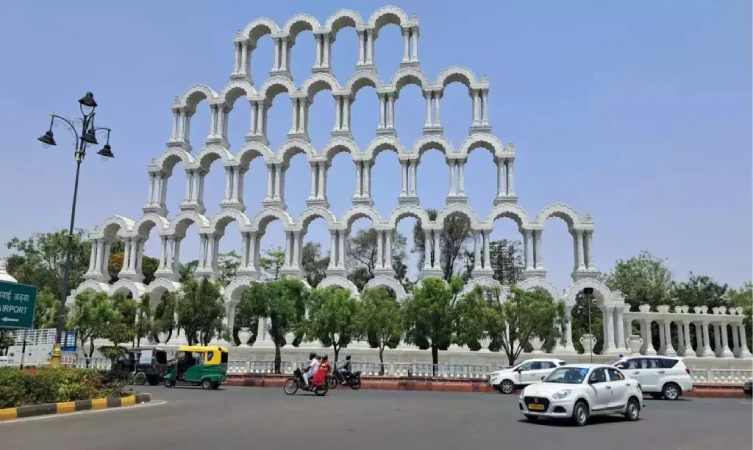Amer Fort
Amer Fort is a stunning palace in India. It is located on the top of a hill near Jaipur. The fort has a grand structure with twisting passages and staircases. Built by Maharaja Man Singh I in 1592, it is made of pink and yellow sandstone. This fort is a part of a vast complex that overlooks Maotha Lake. You can explore the fort for hours on an elephant ride.









